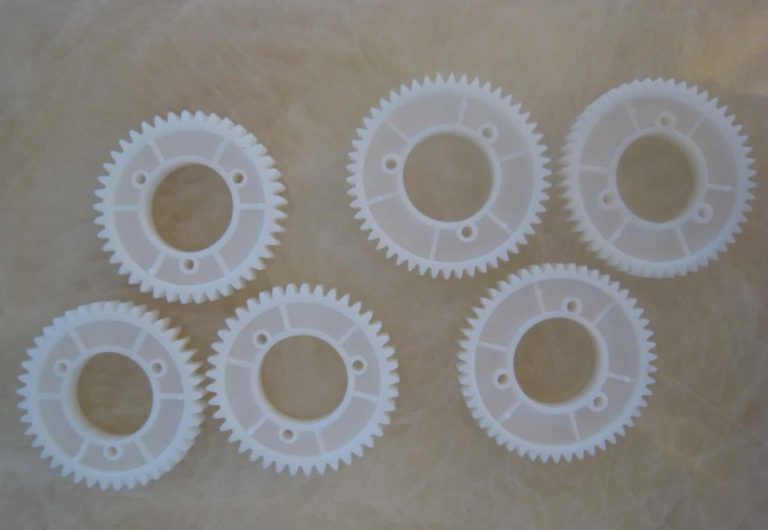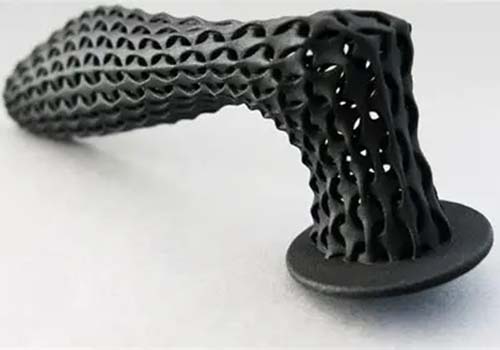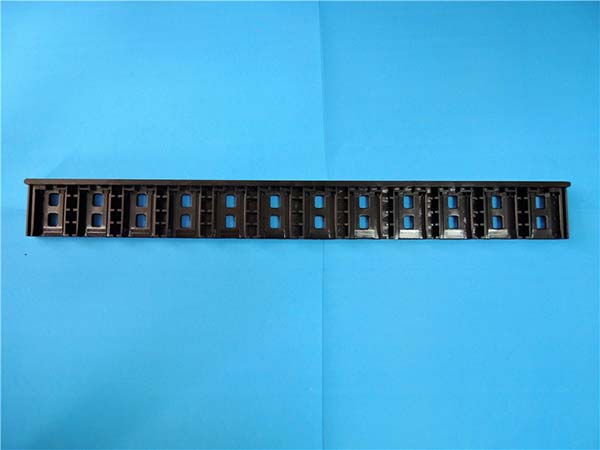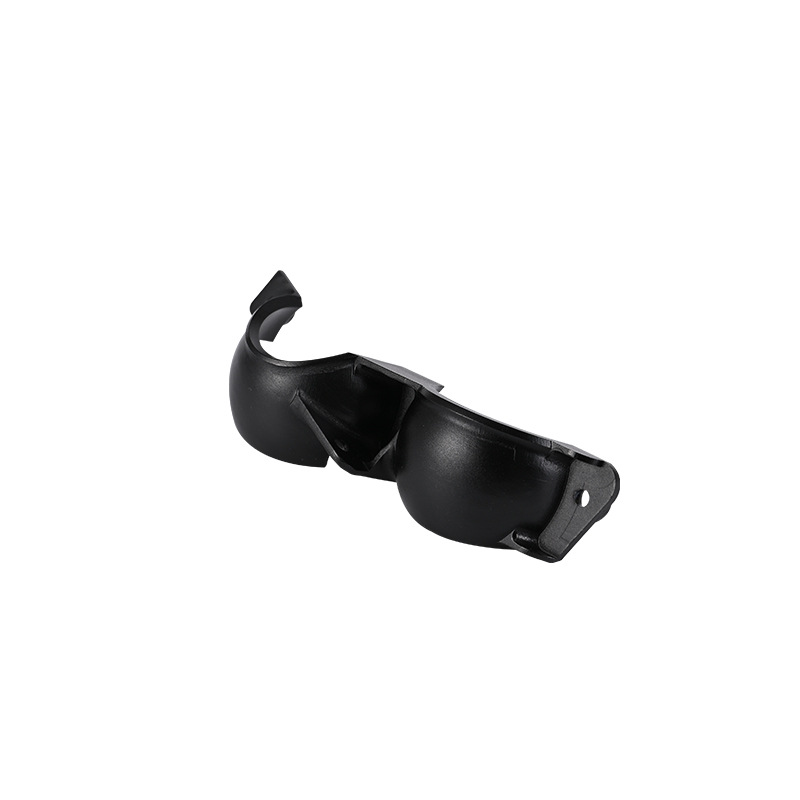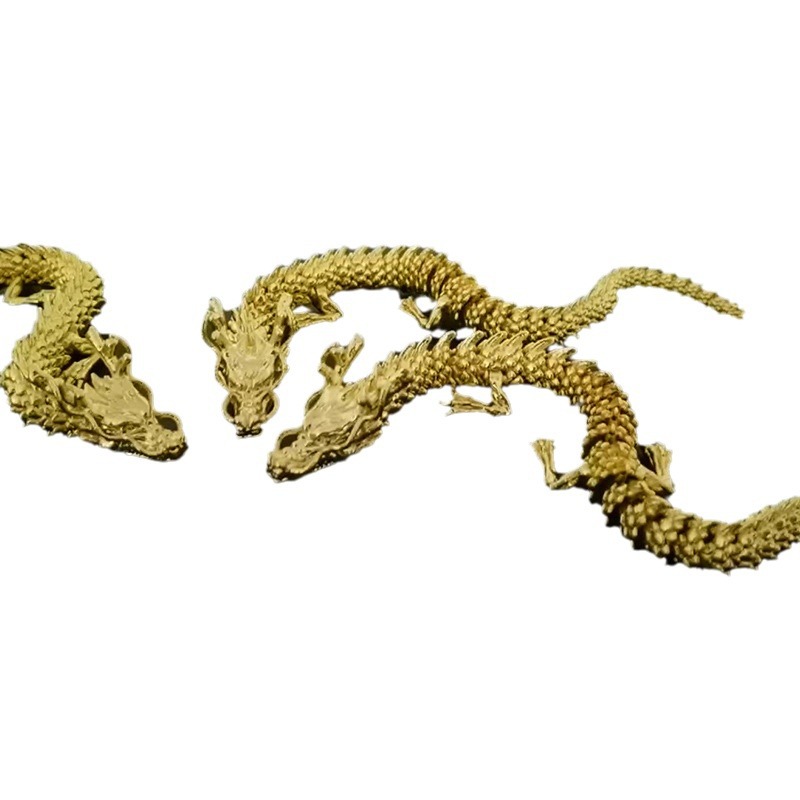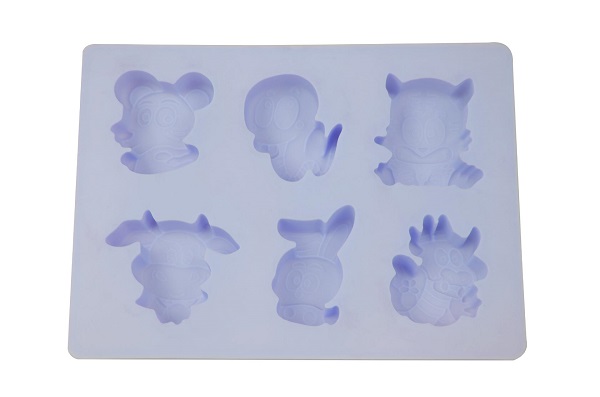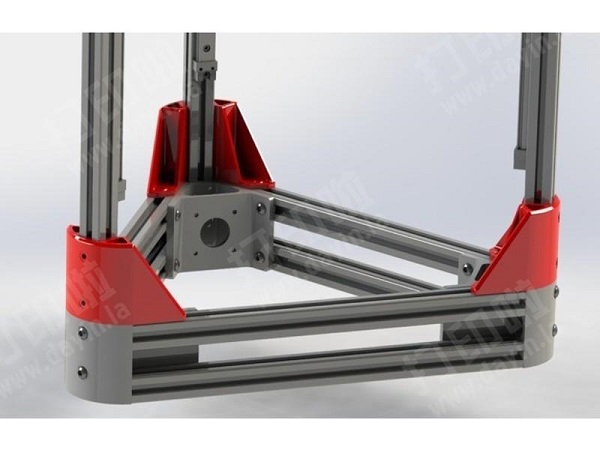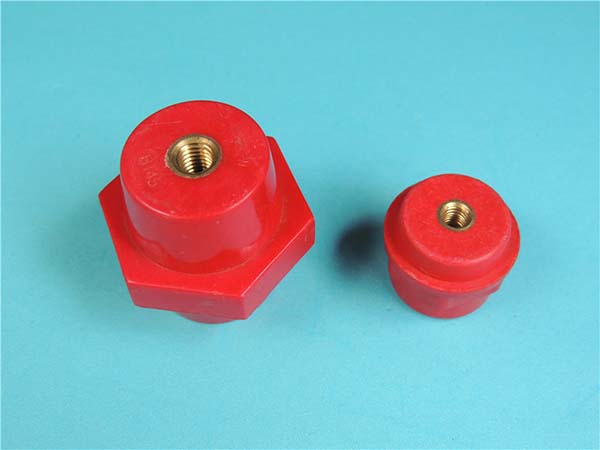You’ve turned to glass-filled nylon for its promise of strength, stiffness, and dimensional stability—hoping to print parts that outperform pure nylon. But your prints are falling short: the part warps badly, even after careful calibration, or the surface is rough with exposed glass fibers. Maybe the tensile strength is only slightly better than pure nylon, or the part absorbs moisture and swells, ruining its fit. Worse, your “high-performance” prototype cracks under impact, wasting expensive filament and machine time.
Glass-filled nylon—a composite material that blends nylon with glass fibers—bridges the gap between affordability and high performance in 3D printing. Its unique material properties—from enhanced stiffness to improved dimensional stability—make it ideal for parts that need to withstand stress, heat, and moisture. But unlocking its potential requires mastering specific 3D printing processes to handle its abrasive nature and optimize fiber distribution. In this guide, we’ll demystify 3D printing glass-filled nylon, helping you create parts that are strong, stable, and ready for demanding applications.
Material Properties: The Power of Glass and Nylon
Glass-filled nylon’s performance stems from its carefully engineered material properties—a synergy of glass fibers and nylon that delivers strength, stiffness, and stability:
- Strength and stiffness: At its core, glass-filled nylon combines the toughness of nylon with the rigidity of glass fibers. The fiber content typically ranges from 10-40% by weight, with higher percentages boosting stiffness but reducing impact resistance. For example, 30% glass-filled nylon offers a tensile strength of 80-120 MPa (2-3x that of pure nylon) and a flexural modulus (stiffness) of 4-8 GPa, making it ideal for structural parts like brackets or gears. Its impact resistance is lower than pure nylon but still sufficient for most industrial applications—balancing strength and toughness.
- Thermal and dimensional stability: One of glass-filled nylon’s key advantages is its thermal stability—it retains strength at temperatures up to 120-150°C, far exceeding pure nylon (which softens around 80°C). This makes it suitable for parts near engines or industrial machinery. It also offers superior dimensional stability—glass fibers reduce shrinkage during cooling, minimizing warping and ensuring parts maintain their shape over time. For example, 30% glass-filled nylon shrinks just 0.5-1% during printing, compared to 2-3% for pure nylon.
- Resistance properties: Glass-filled nylon has better moisture resistance than pure nylon, though it still absorbs some water (slower and less than pure nylon). This makes it suitable for humid environments, like factory floors or outdoor enclosures. It also offers good chemical resistance to oils, solvents, and mild acids, as well as abrasion resistance—critical for moving parts like gears or bushings that rub against other components.
3D Printing Processes: Handling Glass-Filled Nylon
3D printing glass-filled nylon uses FDM/ Material Extrusion or SLS, but its abrasive glass fibers demand specific adjustments to avoid damage and ensure quality:
- Printer setup and parameters: For FDM, start with a hardened steel nozzle (0.4-0.6 mm diameter)—glass fibers will quickly wear down brass nozzles, causing inconsistent extrusion. Set nozzle temperature to 240-260°C (slightly higher than pure nylon) to ensure the nylon matrix fully melts, allowing proper bonding. Bed temperature should be 70-90°C to prevent warping, with a heated enclosure recommended for larger parts. Print speed should be slower than with pure nylon (30-60 mm/s) to improve layer adhesion, and layer height of 0.1-0.2 mm balances strength and print time. For SLS, use glass-filled nylon powder with a particle size of 50-150 μm, optimizing laser power (150-200 W) and scan speed (1000-2000 mm/s) to fuse particles without burning fibers.
- Slicing and orientation: Slicing software with composite profiles (like Simplify3D’s “glass-filled” settings) helps optimize infill density (80-100% for structural parts) and pattern (rectilinear along stress lines). Print orientation is critical—align the part’s longest axis with the print bed to maximize fiber alignment along that direction, boosting strength. For example, printing a gear horizontally (with layers stacked vertically) aligns fibers with the gear’s load-bearing teeth, improving durability. Support structures should be minimal but sturdy—use a soluble material (like PVA) for complex geometries, as removing supports manually can damage fragile areas.
- Filament and powder handling: Glass-filled nylon filament absorbs moisture, which causes popping and porosity during printing. Store it in a dry box with desiccant, and dry it at 80-100°C for 4-6 hours before use. Ensure filament diameter is consistent (1.75 mm or 2.85 mm) to avoid under- or over-extrusion. For SLS, keep powder dry and free of contaminants—reused powder should be mixed with 50% new powder to maintain quality.
Applications: Where Glass-Filled Nylon Excels
Glass-filled nylon’s unique blend of properties makes it indispensable in applications that demand strength, stability, and durability:
- Industrial and automotive: Industrial parts like gears, bushings, and tooling fixtures rely on glass-filled nylon for its abrasion resistance and stiffness. It withstands the friction of moving components, reducing wear and extending part life. In automotive, automotive components such as sensor housings, bracket mounts, and interior trim use it for its thermal stability (resisting engine heat) and dimensional stability (maintaining fits in tight assemblies). Its light weight also helps improve fuel efficiency.
- Electronics and robotics: Electronics enclosures for industrial sensors or control panels use glass-filled nylon for its moisture resistance and stiffness, protecting components from dust and humidity. Robotics parts—arm links, grippers, and gearboxes—leverage its high-strength-to-weight ratio, balancing strength and agility. It’s also ideal for customized tooling like jigs or fixtures, where dimensional accuracy ensures consistent performance.
- Aerospace and consumer products: Aerospace parts like small brackets or interior components use glass-filled nylon for its light weight and stability, reducing aircraft weight without sacrificing strength. Consumer products—power tool housings, sports equipment, and kitchen appliances—benefit from its durability and resistance to daily wear. It’s also used for prototyping industrial parts, allowing engineers to test fits and functions before moving to metal production.
Performance and Benefits: Beyond Basic Plastics
Glass-filled nylon offers a range of performance and benefits that make it a top choice for demanding applications:
- Strength and stability: Its high-strength-to-weight ratio outperforms many plastics, making it a cost-effective alternative to metal for non-critical parts. For example, a glass-filled nylon gear weighs 50% less than a steel gear while handling similar loads in low-speed applications. Its dimensional accuracy is excellent—minimal shrinkage ensures parts fit assemblies without modification, reducing post-processing time.
- Resistance to heat and moisture: Unlike pure nylon, glass-filled nylon maintains strength in warm environments (up to 150°C), making it suitable for parts near engines or ovens. Its moisture resistance means it won’t swell or warp in humid conditions, unlike pure nylon, which can absorb 3-5% of its weight in water. This stability is critical for outdoor or factory-floor applications.
- Cost and efficiency: Glass-filled nylon is more affordable than metal or carbon fiber composites, making it ideal for low-volume production. 3D printing it eliminates the need for expensive molds, reducing upfront costs for custom parts. Its printability with FDM or SLS printers (widely available in workshops) makes it accessible, even for small businesses.
Yigu Technology’s Perspective: Precision in Glass-Filled Nylon Printing
At Yigu Technology, we specialize in 3D printing glass-filled nylon for clients who need strong, stable parts without the cost of metal. We optimize print parameters—from nozzle temperature to infill density—to ensure uniform fiber distribution and maximum strength. Our team uses hardened steel nozzles and dry storage to prevent filament issues, and we test every part for tensile strength and dimensional stability. Whether you need industrial tooling, automotive components, or custom robotics parts, we leverage glass-filled nylon’s properties to deliver solutions that perform under stress. 3D printing glass-filled nylon isn’t just about making plastic parts—it’s about creating reliable, cost-effective alternatives to metal that meet the demands of modern engineering.
Frequently Asked Questions (FAQ)
- Why is my glass-filled nylon print warping?
Warping often comes from uneven cooling or poor bed adhesion. Ensure the bed temperature is set to 80-90°C (for FDM) to slow cooling and reduce stress. Use a heated enclosure to maintain consistent temperatures, and apply a strong bed adhesive (like hairspray or PEI sheets). For large parts, split them into smaller sections and glue them together to minimize warping.
- How can I improve the surface finish of glass-filled nylon prints?
Glass-filled nylon’s surface is naturally rough due to exposed fibers. Sanding with 200-400 grit sandpaper smooths the surface, followed by a coat of epoxy or spray paint to seal exposed fibers. For SLS prints, tumble polishing (vibratory finishing with media) can also improve smoothness without removing material.
- Is glass-filled nylon suitable for outdoor use?
Yes—its moisture resistance and environmental resistance make it suitable for outdoor applications like garden tool parts or outdoor enclosures. However, prolonged exposure to UV light can cause fading or slight brittleness over time. For long-term outdoor use, choose UV-stabilized glass-filled nylon or apply a UV-resistant coating.
